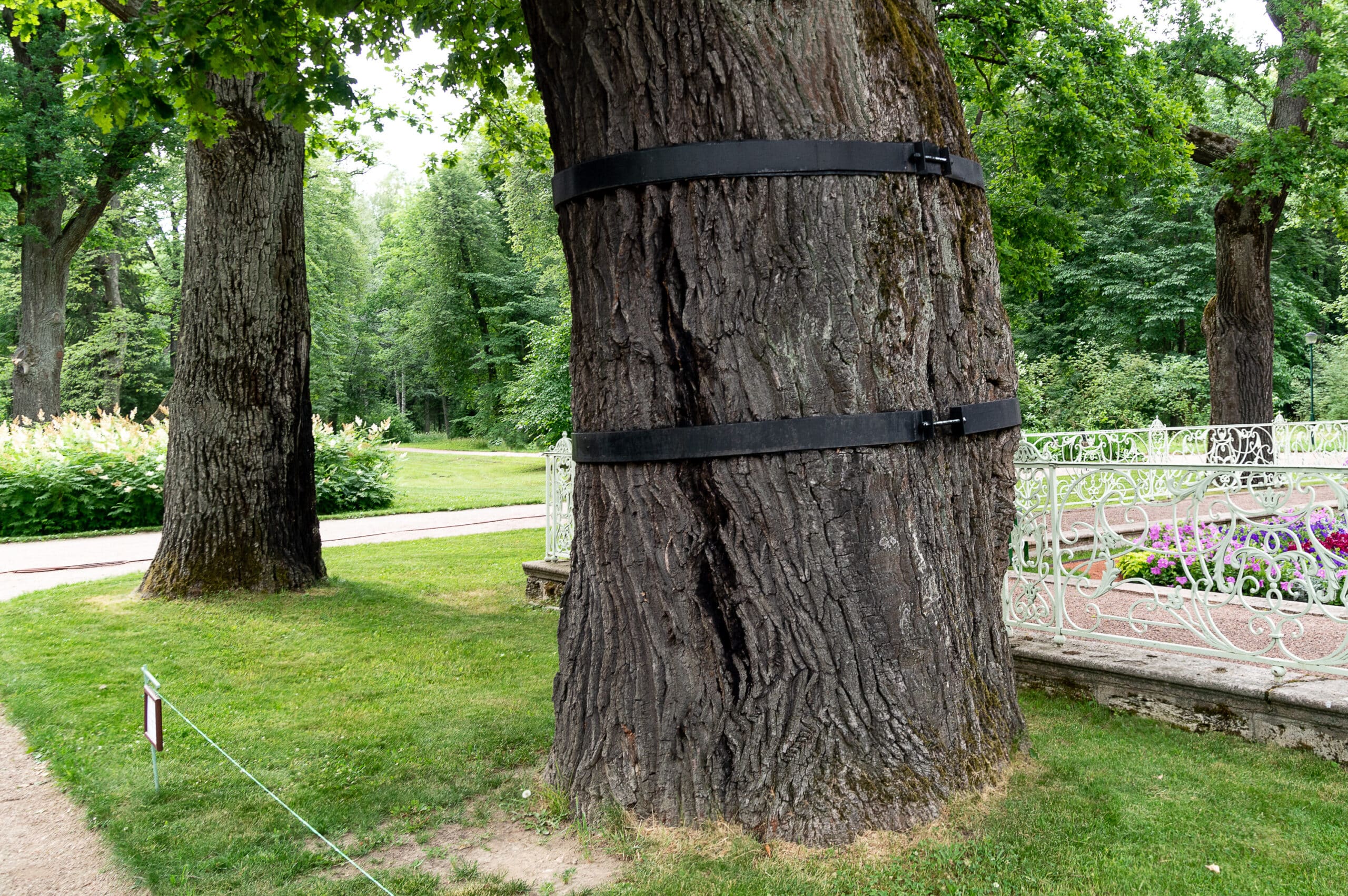Trees stand tall and majestic, but sometimes they require extra support to ensure their longevity and safety. That’s where tree cabling comes into play. Tree cabling is a specialized service designed to provide structural support to trees, particularly those with weak or damaged limbs or trunks. In this article, we will explore what tree cabling entails, why it is necessary, and why hiring a professional is crucial for the well-being of your trees.
What is Tree Cabling?
Tree cabling is a technique that involves the installation of cables or braces in trees to reinforce their structure and prevent potential hazards. It is typically used when a tree has a weak or compromised branch attachment, a split trunk, or multiple trunks that are prone to splitting. Cables are strategically placed in the canopy to redistribute weight, reduce stress on weak areas, and improve the overall stability of the tree.
Why is Tree Cabling Necessary?
There are several reasons why tree cabling is necessary for the health and safety of trees. Firstly, it helps prevent limb failure and reduces the risk of falling branches. Trees with weak or damaged limbs can pose a significant hazard, especially during storms or high winds. By installing cables, the load is distributed more evenly, minimizing the likelihood of branch breakage and potential property damage or injury.
Secondly, tree cabling promotes the longevity of trees. It provides extra support to weak or structurally compromised areas, allowing the tree to withstand environmental stressors, such as heavy foliage or snow accumulation. By reinforcing the tree’s structure, cabling helps prolong its lifespan and preserves its natural beauty.
Why Hire a Professional for Tree Cabling?
While tree cabling may seem like a straightforward process, it requires the expertise and experience of a professional arborist. Here’s why:
- Proper Assessment: A professional arborist can accurately assess the structural integrity of a tree and determine if cabling is necessary. They have the knowledge to identify weak attachment points, potential hazards, and the appropriate cabling techniques for different tree species.
- Correct Installation: Installing tree cables requires precision and knowledge of tree biology. Improper installation can lead to further damage and may not provide the desired support. Professionals know how to select the right materials, determine optimal cable placement, and secure the cables effectively.
- Ongoing Maintenance: Tree cabling requires periodic inspections and maintenance to ensure its effectiveness. Professional arborists have the expertise to monitor the cables, adjust tension as needed, and detect any signs of damage or deterioration. Regular maintenance is crucial to keeping trees safe and healthy.
- Safety Measures: Working at heights and handling heavy equipment during tree cabling can be hazardous. Professional arborists are trained in safety protocols, have the necessary equipment, and carry insurance coverage, reducing the risk of accidents or injuries.
Tree cabling is a vital service that provides structural support and enhances the safety and longevity of trees. Hiring a professional arborist ensures accurate assessment, proper installation, ongoing maintenance, and adherence to safety standards. Protect your trees and the surrounding environment by entrusting tree cabling to experienced professionals who can strengthen nature’s giants for years to come.

